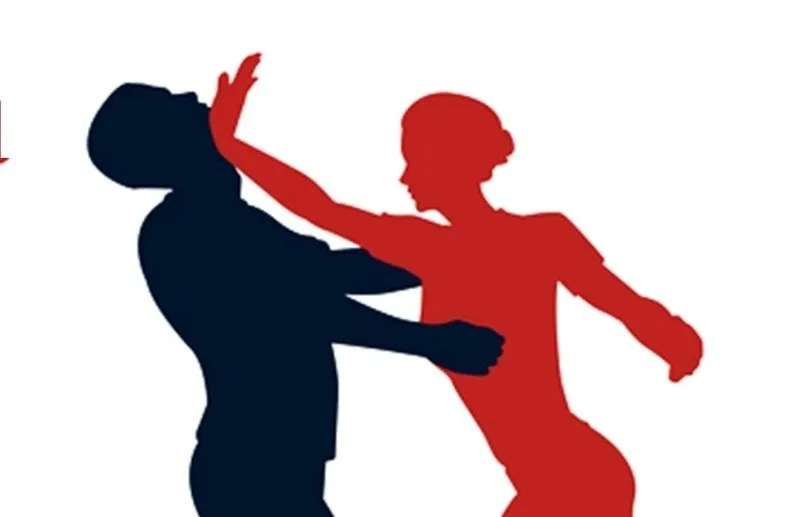
Many years ago, I had what was probably the best lifting partner ever! I had burned through several, and because of my “heavier is better” mindset, I had a hard time keeping a workout partner for more than a few months. This particular guy matched me in just about every way physically, mentally he was even more intense. But he had a wealth and depth of knowledge that blew mine out of the water. We were close in numbers on many of our lifts. I would slightly edge him out on pushing exercises, while he excelled in legs and all the pulling workouts. We pushed each other hard in the gym and both of us saw some of our best gains ever. And I learned a valuable lesson that I was able to apply, not just to my weight training, but to every other facet of my life. Having a partner that can push you is vital to moving forward in life!
For most endeavors, having a partner to aid and assist you while you work increases your productivity. Self-defense training is no different. While you can shadowbox, hit the heavy bag, run, and so on and so forth, it is much more productive, enables faster learning, and gives you a shorter learning curve when you have a partner that can push you. A good training partner can see the small mistakes you are making, give you feedback that you would otherwise miss and provide a competitive atmosphere in a healthy and positive way. And it is my belief that there are three types of training partner required for that to occur.
The first type of training partner is one that has no business training with you. This Type 1 training partner may be new, or just significantly behind your personal training curve. Training with this person allows you to work on specific aspects of your training. You can work on an armbar from a specific position, a specific striking response to an attack, defense of chokes, armbars or escapes. Training with this type of partner allows you to work on specifics for a myriad of defensive possibilities. It also provides you the ability to do so with a living, breathing, and thinking opponent while working on that specific defense or attack. However, Type 1 partners should not be your only skill training partners. That leads to arrogance and a lack of understanding in your own flaws and errors in your abilities.
The second type of training partner is one that is at or near your own skill level. Training with a Type 2 partner who can push you without destroying you allows you to integrate the skills learned while training with a partner of the Type 1 variety. You can work while still being pushed at a competitive level. Competition isn’t a bad thing if used correctly. And a Type 2 partner should be capable of pushing you, yet you should be learning to recognize the opportunities that they are presenting and when and how to apply your techniques with timing and control. This type of partner is essential to your training as this what pushes you to become better. Knowing that working with a Type 2 training partner is a competitive environment, training must be tailored to ensure the best results for both. Some days should be an all-out competitive training session where both of you are working. Some days should be more restrictive and incorporate flow work, or training to work from or through specific areas. This allows both you and your Type 2 training partner to advance and get better, making the proverbial iron sharpen iron training environment.
The third partner is one that you have no business training with. Type 3 partners should be so far ahead of you, that you are their Type 1 training partner! This is important for not only containing your own ego, but it shows you where the mistakes and holes in your game are. Type 3 training partners will push you more and more, as you learn to see where you are lacking, allowing you to make better gains. Once those lessons are applied when working with Type 1 partners, you can enhance your own training to higher levels. That in turn makes your training with the Type 2 partner better, and so on and so forth.
Working with all three types of training partners is an essential part of taking your personal self-defense training to higher levels. It doesn’t matter if your training stand up self-defense, clinch training, grappling, handheld weapons, or projectile weapons training, the Type 1, Type 2, and Type 3 training partners will push you to rise up to a higher level! Utilizing all three types of training partners is the best way to make gains and track their progress. Give it a try, and I promise you will notice the difference!
